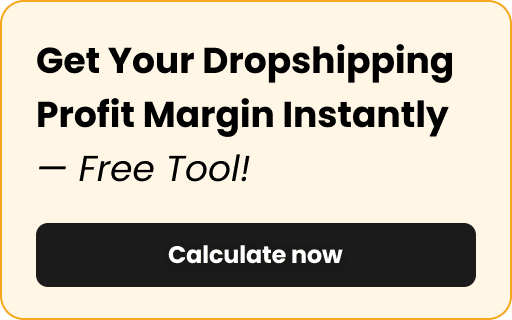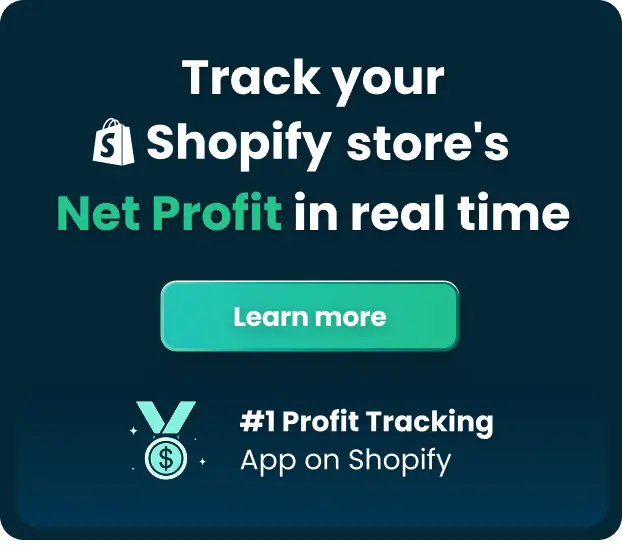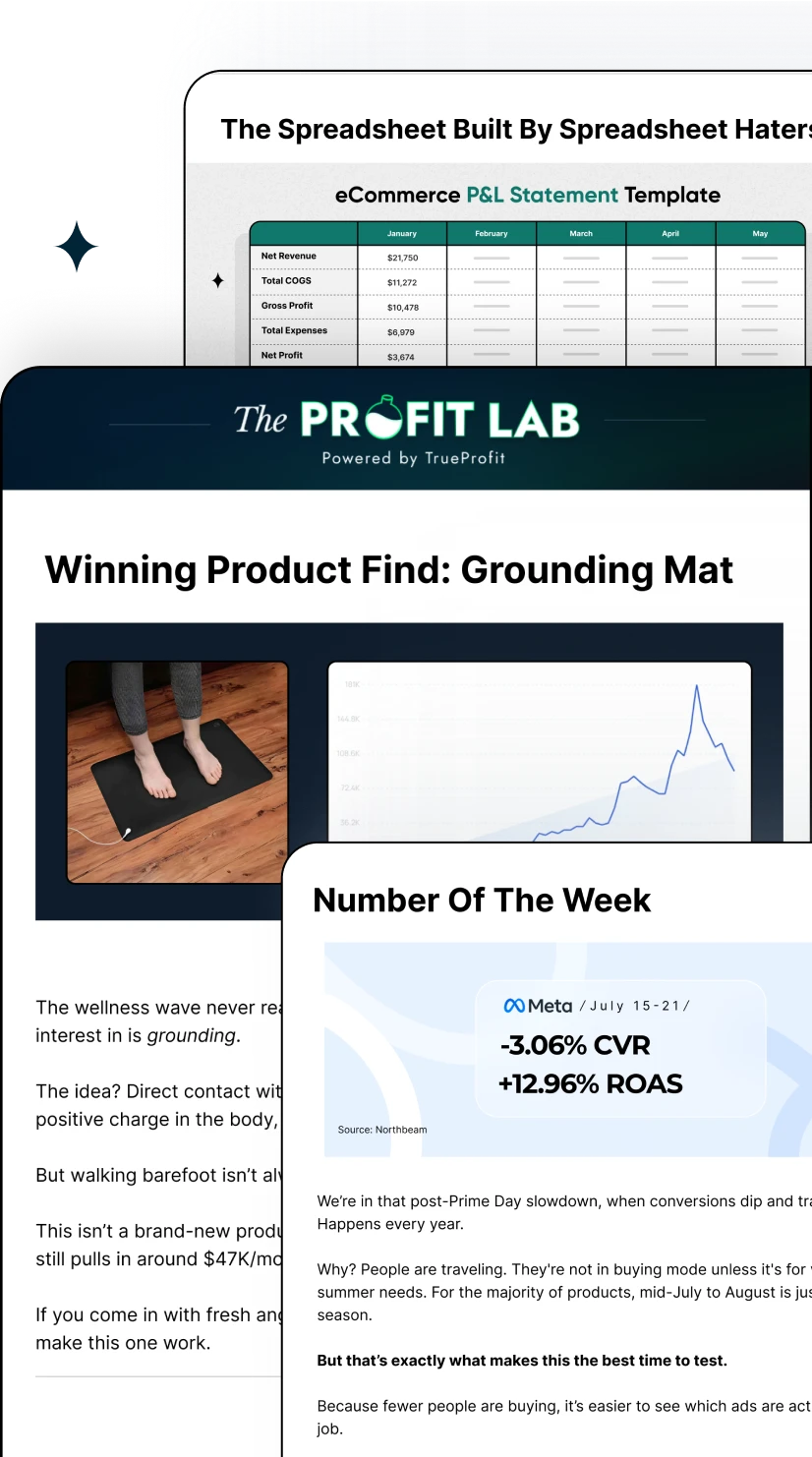How Much Does It Cost to Start Dropshipping?

Dropshipping is often advertised as a low-cost way to start an online business. No warehouses, no bulk inventory, no upfront shipping commitments—it sounds like anyone can launch overnight with minimal cash.
But it’s far from the “starting dropshipping with $0” illusion as the gurus promised to you.
So, how much does it really cost to get started?
In this article, we’ll break down the real expenses behind running a dropshipping store, from platform fees and ad spend to apps, shipping, and beyond.
How Much Does It Realistically Cost to Start Dropshipping?
Realistically, most dropship sellers should prepare at least $5,000–$10,000, knowing most of it will be burned on ads and product testing before ever seeing a consistent profit.
$5,000–$10,000 might sound high compared to the “$100 startup” videos on YouTube, but it’s closer to what a dropshipper realistically experiences. In practice, dropshippers might face things that gurus don’t mention.
One major challenge is dealing with payment processors like PayPal, Stripe, and Shopify Payments, which often delay payouts for 7–21 days under the guise of “risk review.” For many dropshippers, that means keeping a buffer of 2–4 weeks’ worth of supplier costs plus credit available to manage sudden freezes or delays.
And remember, ad ban is always a part of the dropshipping reality. You’ll need significant upfront capital to absorb failed tests, replace banned accounts, and keep scaling through setbacks. Without that buffer, one ban can end your store before it even gets going.
Another difficult truth is that MOST products fail. Finding a true winner usually means testing multiple products, each with its own ad budget, creative, and store setup. This cycle of testing is where beginners underestimate costs—and why you need significant upfront capital. Experienced sellers report spending anywhere from $1000 to $20,000 only on product testing, with an average closer to $2,500 per store before landing on a winner. This doesn’t even include scaling—just testing enough to find something worth scaling.
In short, dropshipping is still a low-barrier business compared to most, but it’s far from no money business. Dropshippers indeed need to prepare a significant upfront cost to cover some main costs in dropshipping.
What are the Main Costs in Dropshipping?
Dropshipping isn’t as cheap as it looks from the outside. Here are the main expenses sellers will need to plan for:
- Advertising Cost
- Product Cost (COGS)
- Shipping Fee
- Ecommerce Platform Fees
- Apps & Plugins
- Returns & Refunds
- Other Costs
Together, these costs demonstrate why dropshipping, despite its low-inventory model, still demands thousands of dollars in upfront capital to operate effectively.
Let’s look at each one in detail.
How Much Does Platform Fees Cost?
E-commerce platform fees represent a fixed, recurring cost for dropshipping businesses, covering store hosting, operations, and integrated services such as payment processing.
In 2025, Shopify Basic emerged as the most affordable entry point at $25 per month, tailored for solo entrepreneurs seeking a simple setup. BigCommerce Standard followed at $39 per month, while WooCommerce’s paid plans started at $60 per month.
How Much Does COGS Cost?
When starting a dropshipping business, product costs are one of the first and most unavoidable expenses you’ll face. Unlike ads or apps, which can scale up or down, cost of goods sold (COGS) is a direct cost you’ll pay every time a customer buys from your store, it’s typically make up around 35% of total costs of a business according TrueProfit’s study of 1000+ Shopify stores. .
To begin, dropshippers need to test products before launching them—sampling usually costs around $200 for 1–2 products per supplier depending on the niche and item type. Once the store starts selling, retailers should expect COGS to take up a large share of the total revenue. Realistically, you’ll need at least $1,000–$2,000 set aside for product costs in your first phase, covering both initial sampling and early orders.
How Much Does Ad Spend Cost?
Realistically, dropshipping sales relies heavily on paid ads—it’s not like organic traffic is impossible but it’s extremely hard at the very early stage. That’s why ad spend is usually the single largest expense in dropshipping, accounting for roughly 45% of total costs.
Typically, a dropship seller needs at least $500–$1,000 per month just to start testing products. This doesn’t guarantee profit—it only buys you the ad data needed to see if a product has potential. Experienced sellers report spending anywhere from $2,500 to $20,000 purely on testing, depending on how many products they cycle through before finding a winner.
Once you do find a profitable product, scaling requires deeper pockets. It’s not unusual for stores to spend $5,000–$10,000 per month on Facebook, Instagram, or TikTok ads alone when pushing a winning product. Google Shopping ads, which work best for higher-priced items, can quickly add another few thousand dollars to your budget.
How Much Shipping Fees Cost?
A dropshipping shipping fee is the amount charged by suppliers to deliver products directly to customers. Shipping fees in dropshipping usually account for about 6.5% of total costs, ranking just behind advertising and product costs (COGS). Depending on the provider and delivery speed, fees can range from $2–$5 with ePacket, $4–$7 with 4PX or Yanwen, and $5–$15 with USPS, UPS, DHL, or FedEx. Platforms like CJdropshipping or Dianxiaomi average around $4–$10 per unit.
For beginners, a good rule of thumb is to budget $2,500–$5,000 per month once your store generates consistent sales, ensuring you aren’t caught off guard by shipping bills.
How Much Apps & Plugins Cost?
Running a dropshipping business without apps is technically possible, but honestly it makes life way harder than it needs to be.That’s why app and plugin costs are best viewed as a fundamental investment to how stores efficiently grow rather than optional add-ons.
The cost of these tools varies widely, depending on the size of the store and the chosen app stack.
While beginners may start with bundled tools costing around $50 per month, experienced merchants frequently allocate $100 to $200 per month or more.
Merchants generating over $100,000 per month in sales typically invest in a robust app stack, often combining specialized dropshipping solutions rather than relying on all-in-one platforms. Commonly used dropshipping apps include:
- Zendrop – Best for Fast U.S. Shipping. Paid from $79/mo
- AutoDS – Best for Full Dropshipping Automation. Paid from $19.90/mo
- DSers – Best for AliExpress Bulk Orders. Paid from $19.90/mo
- Spocket – Best for High-Quality U.S. & EU Products. Paid from $39.99/mo
- Printful – Best for Print-on-Demand Apparel. Paid from $24.99/mo
- Syncee – Best for Curated Supplier Marketplace. Paid from $39.99/mo
- TrueProfit – Best for Profit Analytics in Real Time. Paid from $35/mo
How Much Returns & Refund Cost?
Returns and refunds are part of the cost of doing business in dropshipping. The exact cost is tied directly to your product pricing point. In practice, for every $1,000 in sales, you should expect to spend $200–$650 handling returns and refunds. If your supplier doesn’t accept returns, you may have to absorb the full product cost.
A practical approach for new dropshippers is to set aside 5–10% of monthly sales as a safety net for refunds, replacements, and chargebacks. For instance, if your store generates $1,000 in monthly sales, you should plan to budget around $50–$100 per month for returns and refunds.
What’s Else Cost in a Dropshipping Business?
Beyond the major categories like ads, apps, and refunds, dropshipping businesses also face a range of other costs that add up quickly. These include taxes, handling fees, transaction charges, foreign exchange costs, or even the tariff rates. For international sellers, compliance requirements and customs duties can further increase expenses.
Here’s what you can realistically expect at an early stage:
- Transaction fees: around $200–$500/month depending on your payment gateway.
- Customs duties: about $100–$300/month if selling internationally.
- Handling fees: usually $50–$100/month as orders pick up.
- Taxes: plan for $100–$200/month, depending on your location.
While each of these may seem minor on its own, together they can cut deeply into margins.
One Source of Truth for Every Cost
In dropshipping, profit is never as simple as “sales minus product cost.” Every dollar moves through a web of expenses—platform fees, product cost, ad spend, refunds, chargeback, and even tax paid fees. The real challenge isn’t just paying these costs, but tracking them accurately and comprehensively to understand their full impact on your bottom line.
TrueProfit was built to solve this exact problem. As the leading Shopify net profit analytics platform, it tracks all the costs across multiple sources—ecommerce platforms, ad channels, shipping providers, payment processors, and more. This way, instead of toggling across multiple reports, merchants get a single view of profit analytics that ultimately reflects the most accurate net profit in real time.
With the app, sellers can make smart-decisions through protecting profit, uncovering inefficiencies, and building a business that can grow sustainably.
Final Thoughts
The biggest point to remember is that dropshipping is not as inexpensive as the gurus make it sound. Yes, the barrier to entry is lower than most business models, but expenses—from ads to apps—stack up fast. This doesn’t make the model unviable. It just means profitability depends on strong cost management. When every cost is tracked in one place, dropshipping shifts from chasing revenue to building profit-driven growth.
Leah Tran is a Content Specialist at TrueProfit, where she crafts SEO-driven and data-backed content to help eCommerce merchants understand their true profitability. With a strong background in content writing, research, and editorial content, she focuses on making complex financial and business concepts clear, engaging, and actionable for Shopify merchants.






